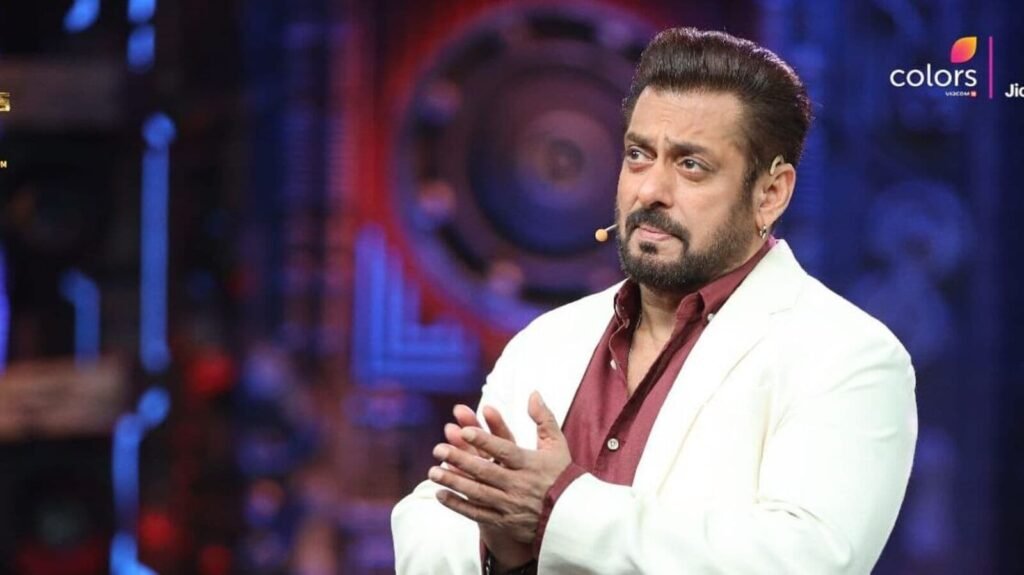OTT viewership for TV shows surges amid changing consumer habits

Top traditional television shows such as Bigg Boss, Indian Idol, Kaun Banega Crorepati, Anupamaa, and Yeh Rishta Kya Kehlata Hai are getting a substantial chunk of the total viewership – about 40-50% – from the respective digital platforms owned by the TV networks, when they are streamed as catch-up content.
Entertainment industry experts point out that extra content around some of these shows draws eyeballs on OTT platforms, besides the fact that loyal fans may get to watch episodes before they are dropped on TV, and without ad breaks.
Along with the overall rise in connected TV sets, devices that can connect to the internet and stream content, that are helping facilitate the streaming of linear content, this is also a way for broadcast networks to ramp up the paid subscriber base of their OTT platforms. That said, television remains core to the business and is unlikely to see advertiser interest fade significantly.
According to the Ficci-EY media and entertainment report 2024, while linear viewership in 2023 grew 2% in India over 2022, about 19-20 million smart TVs connected to the internet each week, up from around 10 million in 2021.
“There is significant viewership for popular shows on digital and a lot of it has to do with the extra viral content that may not be shown on television. That basically makes for two avatars of the same show, feeding into a loyal audience base that may prefer to watch it on any platform,” said Nina Elavia Jaipuria, media expert and former head of Hindi and kids TV network at Viacom18 Media Pvt Ltd.
For the network, this is one way of getting subscribers to pay for content on its OTT platform, especially because these shows are increasingly being streamed without ads and before TV. “Also, India continues to be a one-TV household so instead of having passive viewers sitting in front of a TV set, viewers can watch these individually,” Jaipuria explained.
OTT platforms like ZEE5, SonyLIV, Disney+ Hotstar and JioCinema did not respond to queries on viewership split witnessed for TV shows.
As far as shows available on both TV and digital platforms go, digital is steadily gaining a larger share of the total viewership, said Namrata Soni, director, media planning and buying, at Dentsu Creative India.
“In fact, nearly 53% of the viewership for these shows now comes from OTT. This shift is largely driven by evolving consumer habits, such as the demand for on-demand content, widespread 5G connectivity on personal devices, increased cord-cutting among Indian households (giving up cable TV connection for streamed services), and a demographic shift towards younger audiences (aged 18-35),” Soni said. Network providers are finding themselves competing within their own industry, she added.
Although digital platforms offer significant new opportunities, the drop in linear TV TRPs and unsold ad space – affecting even some of the most popular shows – has led networks to sell TV inventory at lower rates. Long-standing TV shows, once dominant across various markets, are now facing challenges in regaining viewership and TRPs on linear TV.
Yet, experts like Jaipuria believe that while cord-cutting has taken place, it’s not like linear TV has fallen off the map. In fact, OTT is complementing viewership for these shows, enticing viewers on another device and thus, making for an ‘and’ and not ‘or’ market. Further, in rural markets, the phenomenon of catch-up has not gained as much ground as in urban centres.
“On streaming platforms, viewership for OTT originals is higher. Also, digital advertising is still hard to monetize and companies are yet to start selling inventory in a digital-first manner. It’s always bundled with TV and that mindset has not changed,” said Partho Dasgupta, managing partner, Thoth Advisors and ex-CEO, Broadcast Audience Research Council (BARC) India.
The good news is that the same content is working across both linear and connected TV, said Shekhar Banerjee, chief client officer and office head- West, North and East at media agency Wavemaker India. “If we keep aside the specialised OTTs behind paywall, you will observe the top shows on OTTs are very similar to TV channels. With close to 50 million CTV (connected TV) households, we are also seeing the advertising money shifting to CTV which include the most affluent households,” Banerjee added.







